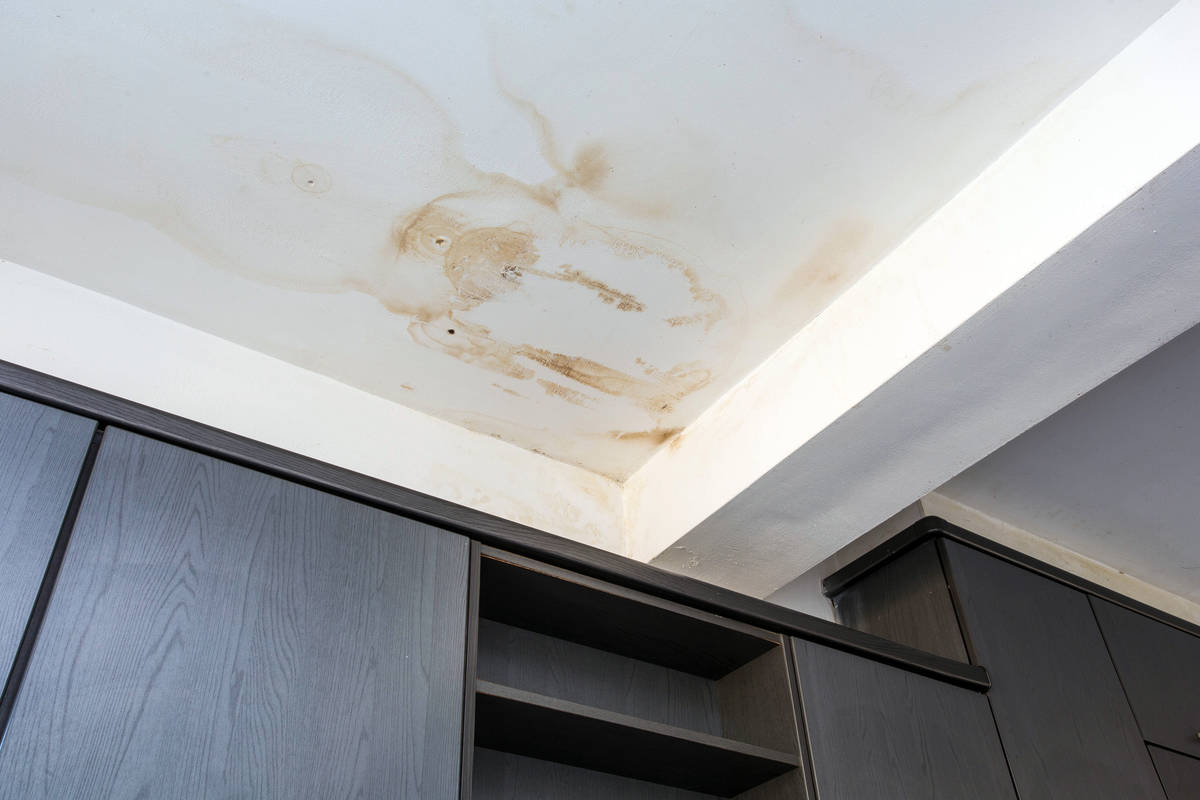Shower leaks can be expensive fix if ignored
Q: We have a water stain growing on the downstairs ceiling of our two-story house. Coincidentally, there is a shower directly above the stain. How should we go about finding out what the source of the leak is? Do we have to cut a hole in the ceiling?
A: Shower leaks are very common, so I think many people ignore them until they get really bad, which will also make them expensive. The last thing you want to do is to cut open the ceiling to look for the leak. The first thing to do is to head upstairs and start looking around.
Start searching for the obvious, such as breaches in the caulk or grout. These contain gaps that allow water to enter into the wall or around the shower pan.
This type of leak usually goes undetected until someone notices the stain on the ceiling. It’s slow and is the result of disregarding routine maintenance. In my own shower, I have a 1-inch piece of grout that needs to be filled in — but I’ll take care of that next weekend.
If you don’t find the obvious problem, it is time to isolate the possible causes and put them in the correct order. At this point, you may even have to cut a hole in the ceiling to see where the leak is originating.
There is a possibility that the shower valve leaks and, to complicate matters, it may leak 24 hours a day or only when the valve is open. There really is no way to test the valve if it’s leaking all the time other than to listen for a constant dripping sound and watch for a fast-growing stain. However, you can remove the escutcheon plate behind the handle to check for dripping or wetness.
To test a valve that leaks only when in use, buy a ½-inch cap and replace the showerhead with it. Then turn the water on. This will place pressure on the piping above the valve and will reveal if the problem is there. This may be a leak at a fitting from the valve to the pipe that supplies the showerhead or maybe at the elbow that holds the shower arm. If everything looks good here, then move to the drain.
A great tool to use for more testing is a piece of garden hose cut to a length that will allow you to reach the far corners of the shower and the drain. You will need to buy an adapter for the shower arm and then screw the hose onto the adapter. Now when you turn on the water, you have the ability to direct the water in a stream wherever you want rather than a spray.
Run the water down the drain for a while to see if it leaks. You can place the hose down into the drain first and if it doesn’t leak, lift it out and spray water around the drain assembly to see if it leaks. It may be that the drain assembly (the part that connects the shower pan to the drainpipe) is leaking. You can puddle water around the opening to see if it leaks.
If everything so far is OK, plug the drain and fill the shower pan. You can stick a rag or a ball in the drain to plug it. Fill the pan and wait for a leak. The pan may have a hairline crack that may not be easily seen, but water has a way of getting out. If the pan is cracked, you will have to either replace it or have it resurfaced.
If you still haven’t located the leak, the last thing to do is to pick up the end of the hose and slowly run it around the shower looking for the source of the leak. You’ll probably feel like a crime scene analyst searching for some obscure fiber, and it will likely take you just as long to find it.
Pay particular attention around the door and frame of the shower, as this area is notorious for leaking. Also, check the corners of the shower and anywhere the walls or pan change direction. It also helps to have someone standing downstairs to let you know when the water starts dripping.
Mike Klimek is a licensed contractor and owner of Las Vegas Handyman. Questions may be sent by email to handymanoflasvegas@msn.com. Or, mail to 4710 W. Dewey Drive, No. 100, Las Vegas, NV 89118. His web address is www.handymanoflasvegas.com.
Do-it-yourself
Project: Finding shower leaks
Cost: From $20
Time: Under 2 hours
Difficulty: ★★★























